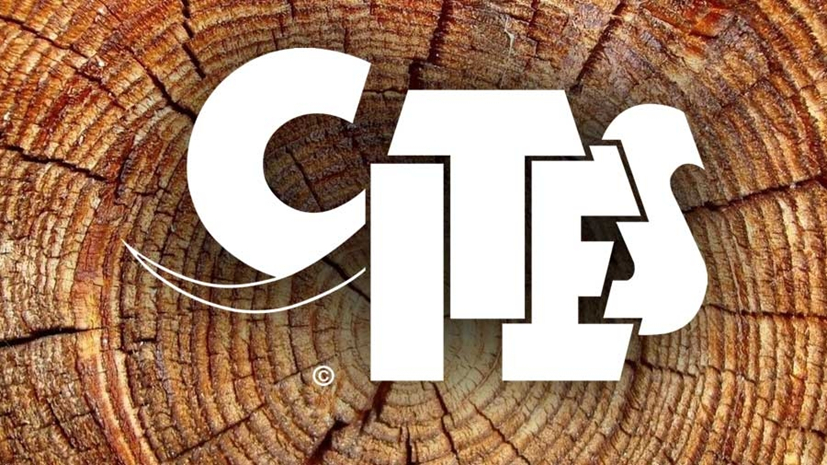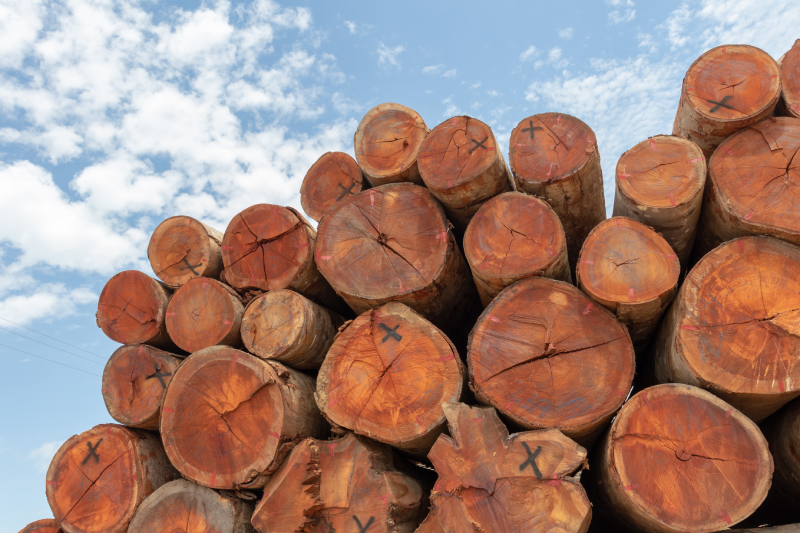
CITES Developments and Their Impact on Ipe and Other Tropical Hardwood Availability
First, what is CITES? The Convention on International Trade in Endangered Species of Wild Fauna and Flora (CITES) is a global agreement among governments to help ensure international trade in wild animals and plants does not threaten their survival. Established in 1973, CITES provides a framework for regulating the trade of species that may be at risk due to overexploitation. Species protected by CITES are listed in one of three appendices, each reflecting the level of protection needed:
- Appendix I: Species threatened with extinction, where international trade is permitted only in exceptional circumstances.
- Appendix II: Species not necessarily threatened with extinction but that require controlled trade to prevent utilization incompatible with their survival.
- Appendix III: Species protected in at least one country that has asked other CITES parties for assistance in controlling trade.
Recent changes in CITES and how they affect the timber industry
In November 2024, significant changes were implemented concerning the trade of certain tropical hardwoods. Ipe (Handroanthus spp.) and Cumaru (Dipteryx spp.), renowned for their durability and commonly used in decking and outdoor construction, were added to CITES Appendix II. This inclusion means that while these species are not currently endangered, their trade is now subject to strict regulations to ensure sustainability and legality.

The decision to list Ipe and Cumaru under Appendix II stems from concerns about over-harvesting and illegal logging, which pose threats to the long-term survival of these species and their ecosystems. The goal is to ensure that international trade does not contribute to their decline. As a result, all imports and exports of Ipe and Cumaru now require CITES documentation, verifying that the wood was sourced legally and sustainably. This regulatory change introduces an additional layer of oversight for suppliers and importers, aiming to promote responsible forestry practices.
The impact of these regulations on the availability of Ipe and other tropical hardwoods is multifaceted. The added bureaucratic requirements can lead to delays in the supply chain, as obtaining the necessary permits and documentation may extend processing times. Additionally, the increased scrutiny and compliance costs could result in higher prices for consumers. Some suppliers have proactively advised customers to plan ahead, considering early purchases to mitigate potential price increases and longer lead times.

It’s important to note that while Ipe and Cumaru are not classified as endangered, the CITES Appendix II listing serves as a precautionary measure to prevent their populations from reaching critical levels. This proactive approach reflects a growing global emphasis on sustainability and responsible resource management. For professionals in the construction and design industries, staying informed about these regulatory changes is crucial. Engaging with suppliers who prioritize sustainability and legal compliance ensures that projects not only meet aesthetic and functional requirements but also align with environmental stewardship principles.
Summary
The inclusion of Ipe and Cumaru in CITES Appendix II marks a significant step towards sustainable management of tropical hardwood resources. While this change could introduce some new challenges in terms of supply chain logistics, it also reinforces the importance of responsible trade practices. By adapting to these changes, the timber industry can help preserve vital ecosystems and still achieve its business goals.
Need More Info?
If you have any questions or want to learn more about the impact of these new CITES developments, get in touch with us here
Sources:
Upcoming CITES Appendix II Listing for Ipe and Cumaru: ABS Wood Prepares for Changes
What is happening with CITES and Ipe? – Kebony USA
Update: Ipe and Cumaru Added to CITES Appendix II » Robi Decking
African Mahogany, Cumaru, and Ipé are going on the CITES Appendix II List – November 25,2024 – OHC
